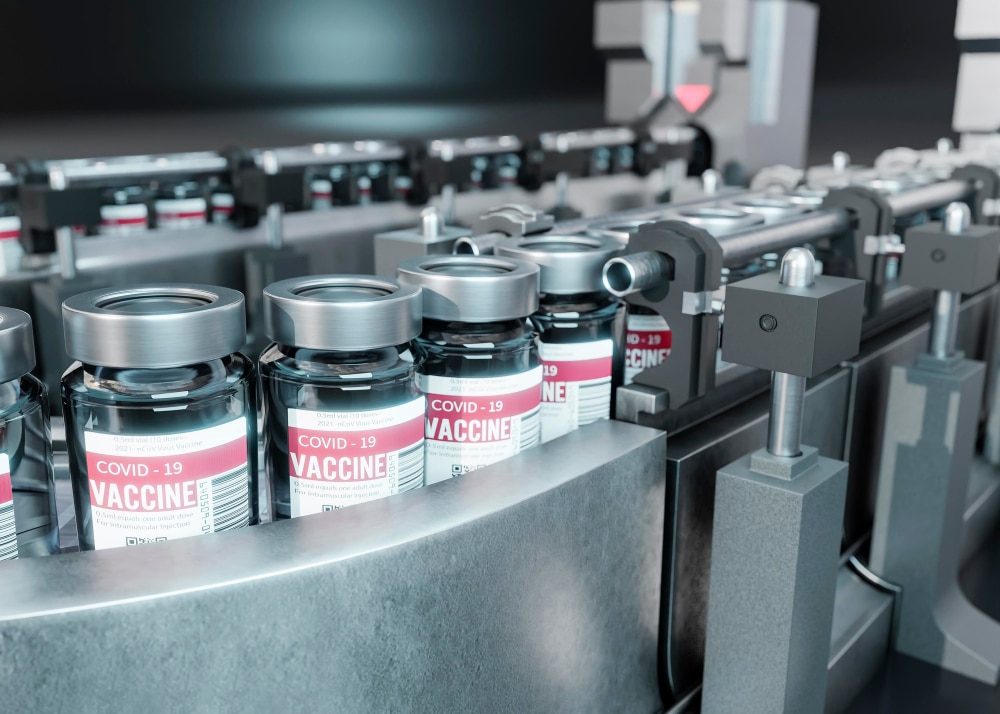
You might have heard that drugs and medical devices from other countries are risky. While this notion seems logical at first glance, a closer look at where these products are made and who oversees their manufacturing reveals a different story. In fact, this misconception might be costing you more than you think, as you continue to pay higher prices for the same safe products that are available elsewhere. This article delves into the true origins of many pharmaceuticals and aesthetic devices, the stringent regulations ensuring their safety, and the motivations behind claims that foreign-made drugs are unsafe.
When you hear “Buy European,” it might surprise you to learn that many of the drugs and medical devices we use are not produced locally. For instance, all Botox vials worldwide are manufactured in a single plant in Ireland, regardless of whether they are sold in the EU or the USA. Similarly, Dysport is produced in the UK, Xeomin in Germany, Juvéderm in France, and Restylane in Sweden. Despite the “Made in the USA” label, 40% of drugs in the USA are imported, and 80% of the active ingredients in American drugs come from other countries. As European countries like Ireland and Germany continue to be leaders in pharmaceutical innovation, this trend of importing drugs is likely to persist.
European factories are regulated by the European Medicines Agency (EMA), and products destined for the USA and Canada must also meet FDA and Health Canada standards. These mutual recognition agreements ensure that drugs and devices manufactured in Europe adhere to the highest safety standards before being exported. For example, Botox produced in Ireland must comply with safety regulations in the EU, Canada, and the USA, proving that claims about the superiority of American-purchased drugs are unfounded.
Both the EMA and the FDA have rigorous processes to ensure the safety and efficacy of drugs and devices. Clinical trials and stringent regulations are in place in both regions, meaning there is no inherent safety advantage to FDA-approved products over those approved by the EMA. Moreover, studies have shown that even FDA-approved drugs can sometimes bypass stringent safety standards, highlighting the importance of continuous oversight and regulation in both regions.
The pharmaceutical industry’s claims about the safety of locally purchased drugs often stem from a desire to protect profits. In Europe, drug prices are regulated, preventing companies from charging exorbitant amounts. In contrast, the USA allows pharmaceutical companies to set their own prices, leading to significantly higher profits. For instance, Allergan, the maker of Botox, earns more by selling in the USA than in Europe. This profit motive can drive misleading safety claims about imported drugs, aiming to dissuade doctors from seeking more affordable options abroad.
Medica Depot offers a range of dermal fillers and aesthetic products sourced globally to help doctors save. Visit Medica Depot today to purchase genuine products like Restylane at competitive prices.
Despite the pharmaceutical industry’s assertions, drugs and medical devices from Europe are just as safe as those in the USA, thanks to rigorous regulatory standards and mutual recognition agreements. European doctors can confidently source high-quality, cost-effective products from international suppliers, ensuring both safety and savings for their patients.
Join our newsletter to receive latest news and offers

Medicle MD Ltd
Reg. Number: 14317237
Address: 27 Old Gloucester Street,
WC1N 3AX London,
United Kingdom
Our website is intended solely for people who use medical devices, such as dermal fillers, as professionals. It may contain product advertisements targeted only at such people. To enter Nu Derma Supply, please confirm that you are such a person (e.g. a medical professional, cosmetologist, service technician, etc.).